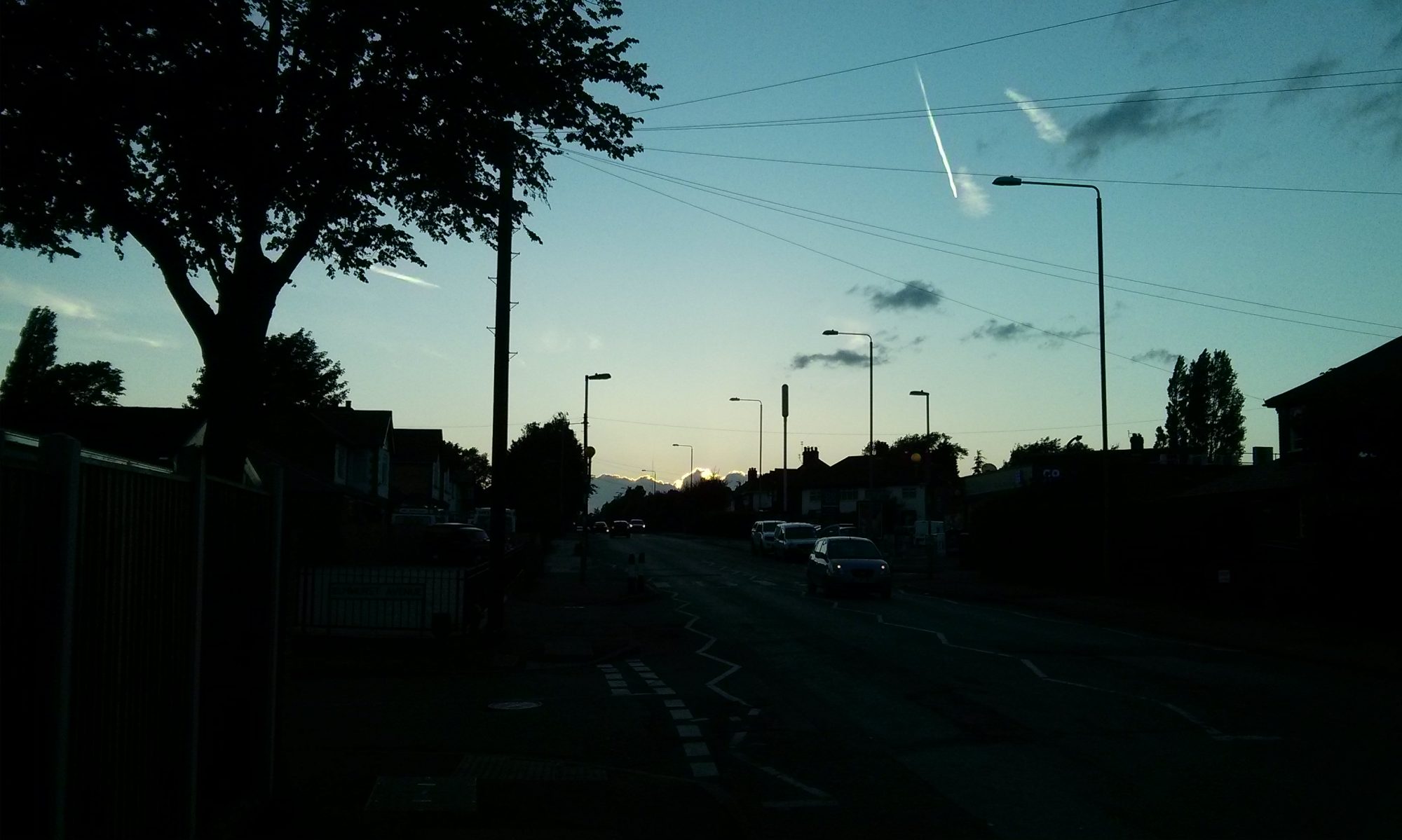The announcement today of Ross 128 b, an exoplanet orbiting a star 11 light years from earth has got me thinking about the habitable zone again. Read on for my thoughts on this phenomenon.
The habitable zone of a star is the band of orbits where liquid water is thought to be possible. It’s sometimes also referred to as the Goldilocks zone as it’s not too hot and not too cold.
Liquid water on Earth can exist between 0 and 100 degrees Celsius. Below 0, it becomes a solid (ice) and above 100 it becomes steam, a gas. Pretty much all matter has these three states, and the transitions between them. These are the melting point for the solid to liquid transition and the boiling point for the liquid to gas transition.
Earth is 150 million km from the sun. The average temperature of the earth is 15 degrees C, so it should be simple enough to extrapolate the range of orbits where that temperature would be between zero and 100. If we know the difference in heat output of stars we can then calculate exactly where the habitable zone is around other stars too.
NOT SO FAST.
Zero and 100 degrees are the melting and boiling points of water at standard sea level atmospheric pressure. If you lower the pressure far enough, water will boil at room temperature. Raise the pressure and you can have liquid water at pretty much any temperature. At the bottom of the ocean there are volcanic vents known as black smokers with water temperatures of 400 degrees, but the pressure down there is so great, the water doesn’t become steam. So, and increase of pressure allows water to be liquid at higher temperatures.
What governs a planet’s atmospheric pressure and therefore the boiling point of water there?.
Firstly, gravity. The more gravity pulling the gasses towards the planet, the higher the pressure of those gasses. The mass of the planet governs the pull of gravity, and the mass can be measured by the disturbances the planet causes to the position of it’s sun. So that one is measurable.
Next is the atmospheric composition. An atmosphere of hydrogen would be much lighter than an atmosphere of Sulphur Hexafluoride. This would lead to a massive difference in atmospheric pressure. From exoplanet distances, there’s not a lot we can do to figure out the composition of an atmosphere. Future telescopes will be able to analyse the absorption spectrum of the atmosphere as a planet passes in front of its sun, but for now all we can do is take an educated guess.
Then we have the solar wind and the planets magnetic field. Billions of years ago Mars was thought to have an atmosphere and running liquid water. Over time, the solar wind blew the atmosphere away leaving the water to boil off, even at the low temperatures found there. The Earth has a magnetic field that diverts the solar wind around us and protects our atmosphere. Again, detecting a magnetic field at exoplanet distances is not yet possible. In the future, the presence of an atmosphere may be used to measure the planetary magnetic field.
So, we don’t really know the atmospheric pressure to be able to see where the habitable temperature range really is. But it’s worse really. Even if we knew what temperature we needed for water on a planet, we don’t actually know the temperature of the planet. Venus is just on the edge of what we would consider the habitable zone for our sun, but with the huge greenhouse effect, it has temperatures of over 400 degrees Celsius. Hardly habitable for life as we know it.
Not all energy heating a planet comes from its sun. There can be significant radioactive decay heating or, in the case of a moon mainly, heating from tidal forces. Europa is well outside our suns habitable zone but is widely believed to have a huge liquid water ocean below the icy surface.
That’s the reality, we don’t rally know whether a planet could have liquid water. The habitable zone is therefore just a guide to the probability of it. Generally the term habitable zone is used to describe the region around a star where Earth would have liquid water on the surface if it were orbiting there. It’s not a perfect description, but it’s the best we can really do.
